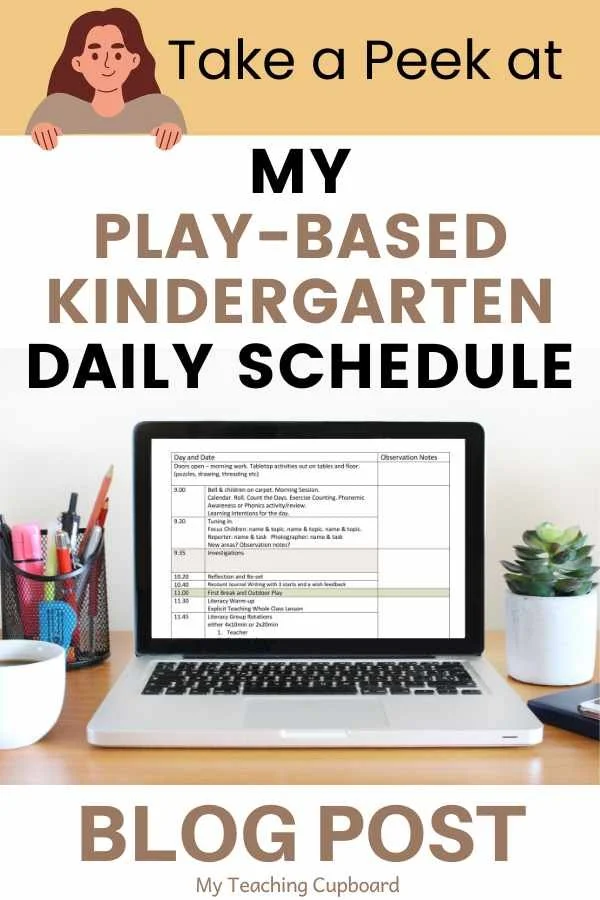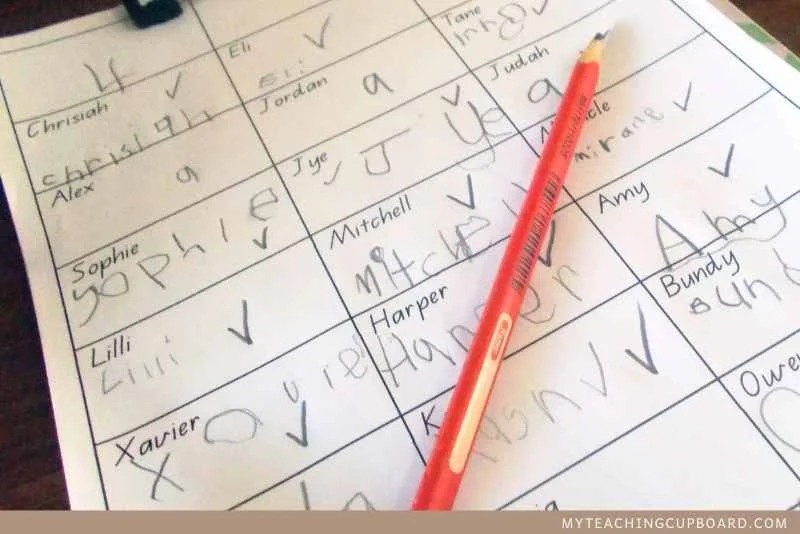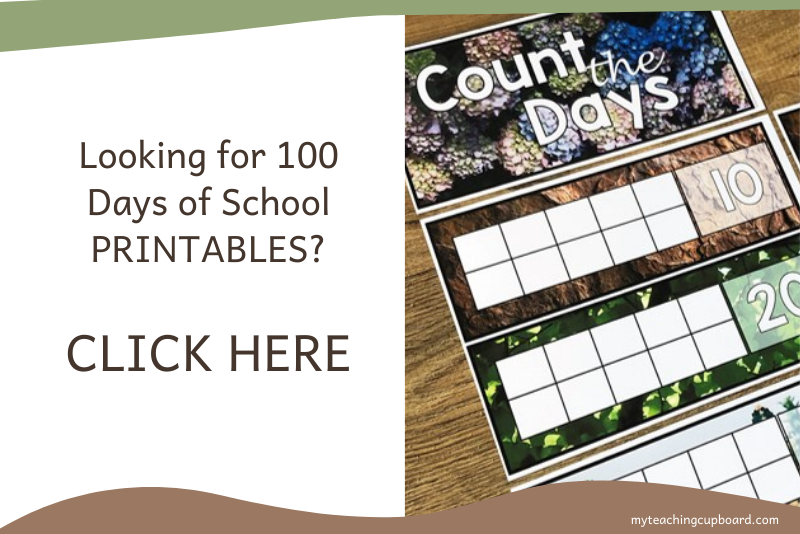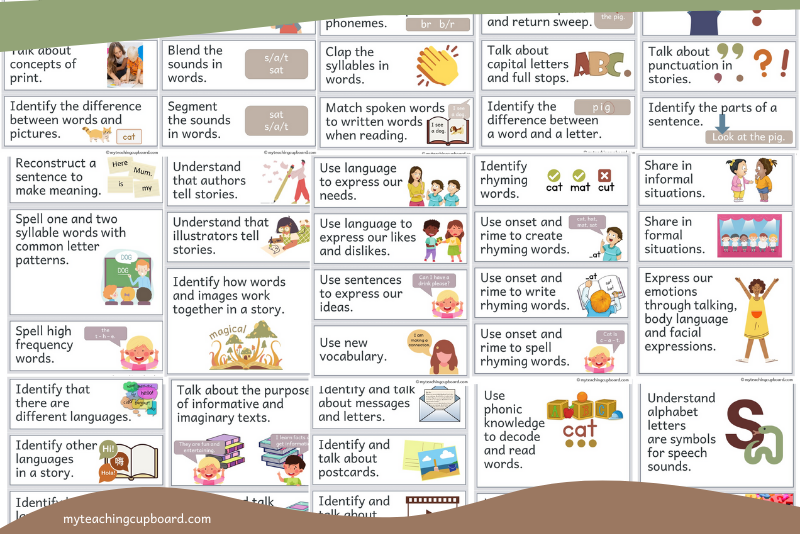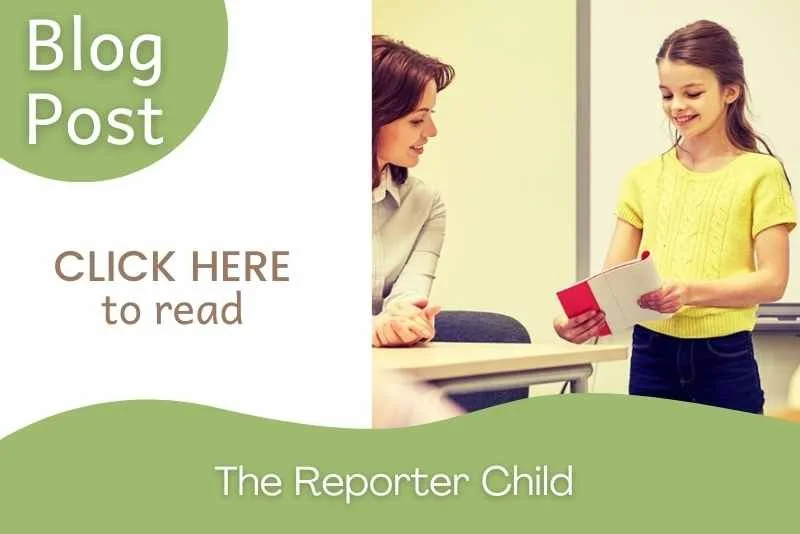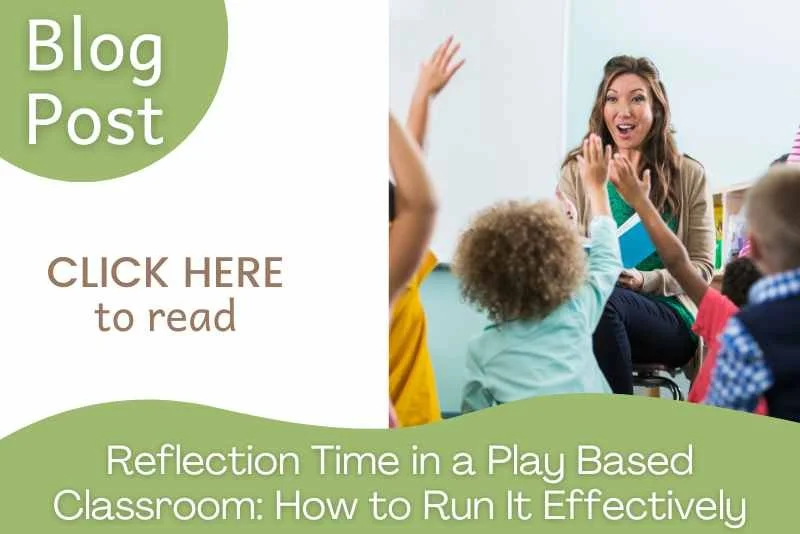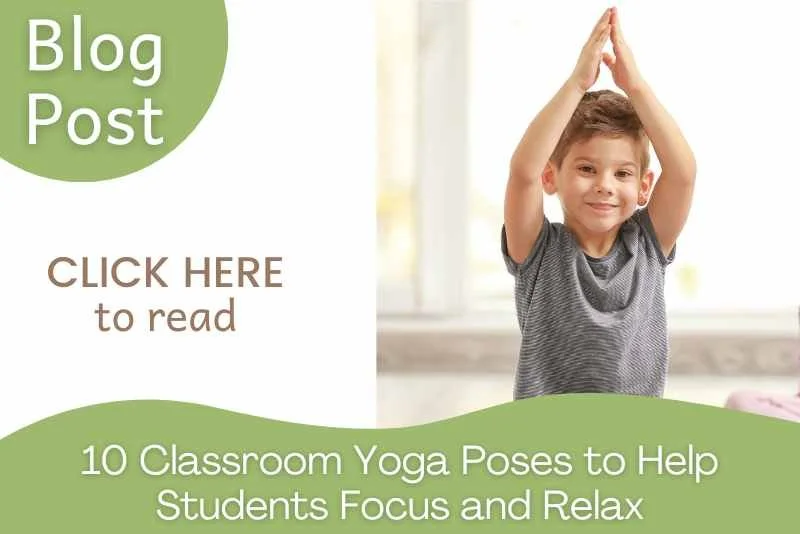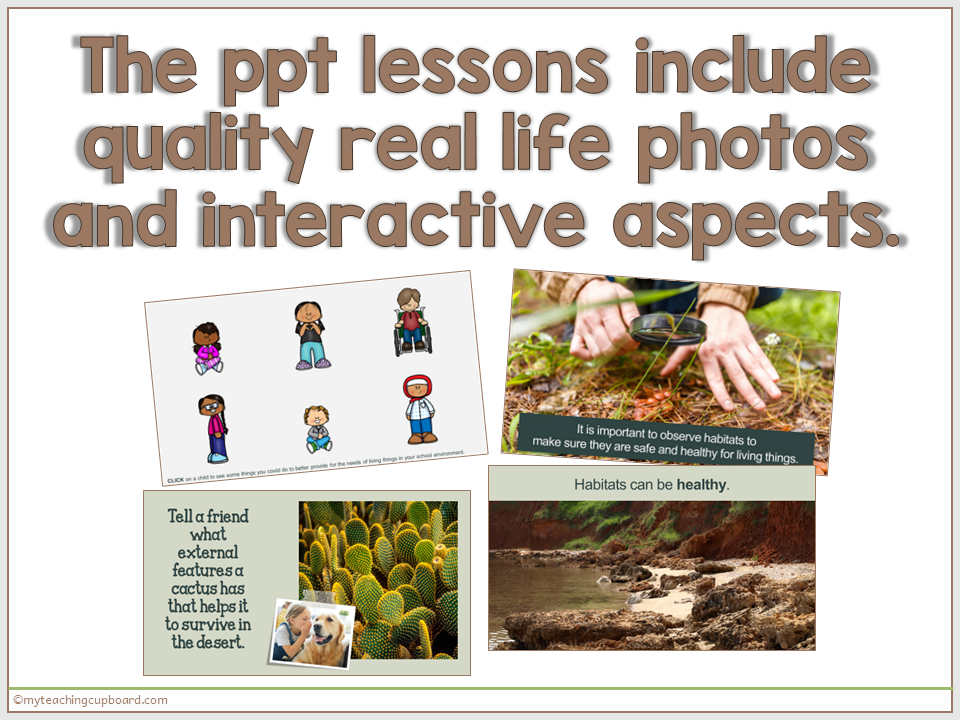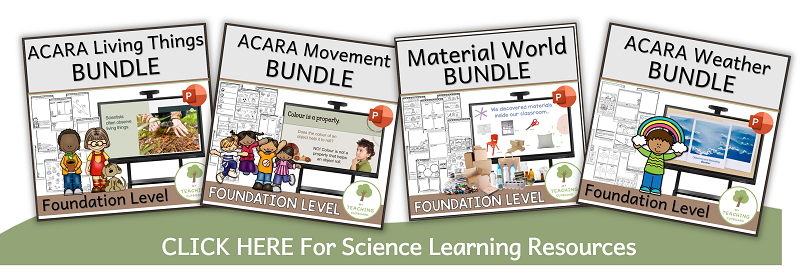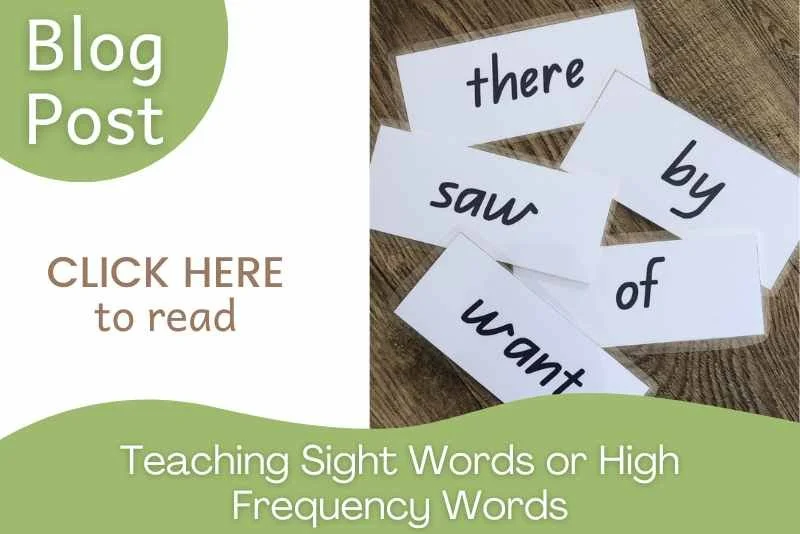My Play Based Kindergarten Daily Schedule
Discover how to create a balanced kindergarten daily schedule that combines play-based learning with explicit teaching. Get tips, practical ideas, and a free editable planning template to keep your students engaged and meeting curriculum goals!
Ever wondered how to fit everything into a busy kindergarten day while staying true to a play-based philosophy and also meeting all those curriculum benchmarks?
You’re not alone!
Many kindergarten teachers face the challenge of balancing play-based learning with the academic requirements that we all have to meet. Finding that balance in your kindergarten schedule can be daunting, especially when you’re trying to ensure every student reaches their potential AND meets all the subject areas of the ACARA’s curriculum standards.
After years of teaching in a play-based environment, I’ve developed a daily schedule that integrates structured routines and explicit teaching lessons with ample time for child-led exploration and play.
This approach allows my children to engage deeply with the content and stay on track academically. By combining both play-based activities and explicit teaching lessons, you can create a thriving classroom that supports growth across all the curriculum areas.
In this post, I’ll walk you through my kindergarten daily schedule, showing how each session builds on the last to ensure academic progress and purposeful learning.
Plus, I’ve included a free, editable planning template for you to download so you can create your own balanced kindergarten daily schedule.
Morning Session – Setting the Tone for the Day
Our school day begins with a structured, engaging morning meeting that sets the tone for a day of purposeful learning. This daily routine anchors the children with familiar activities and helps them transition smoothly and predictably into the school day.
During our kindergarten morning meeting, we gather on the carpet for a series of thoughtfully chosen activities. Over the years, I’ve fine-tuned this morning routine so my students now have a carefully designed educational and calming start to each school day.
First, we discuss the calendar - exploring the day, month, and season. Calendar time is an essential part of the Foundation math curriculum (AC9MFM02) sequence days of the week and times of the day including morning, lunchtime, afternoon and night time, and connect them to familiar events and actions.
I have found calendar work can be an abstract concept for young learners so daily practice helps build understanding over time.
Our daily calendar work builds familiarity, and by the end of the year, my students can confidently read and use a calendar.
We use a pictorial calendar where each child draws a picture to represent each day. Our completed months are displayed in order at the top of one wall, creating a colourful visual timeline that reinforces that tricky content descriptor.
Next, we mark the roll.
At the start of the school year, I model this process by greeting each child. Soon, my students know the routine and can take over! The children rotate through the role of “teacher roll-marker”, reading the names from our make-shift paper roll - the morning sign-in sheet. They absolutely love this responsibility and I love it too.
This simple task helps them practice literacy skills like reading each other’s names, and connecting letters to sounds. It helps them feel a sense of responsibility and community too. An added bonus - I get to mark our digital roll on the computer while they mark the paper roll!
We then track our 100 days of school by adding a sticker each morning to our Count the Days ten frames. You can see the ones I use here. Counting the days is a favourite part of our routine. It consistently brings in daily number work and builds early numeracy skills. The countdown to 100 days is something the children look forward to, and it reinforces their understanding of numbers.
We work through our morning session activities quickly, but we are usually around the ten-minute mark by now so a movement break helps reset our focus. We call this movement break exercise counting.
This is where we combine counting skills with movement. Students orally count forwards and backwards from different starting points, count by tens and in other counting patterns while performing simple exercises like midline crossing, star jumps, or body twists. This not only reinforces counting sequences but also builds the automaticity that supports later hands-on counting tasks.
Next, we have a short phonemic awareness or phonics activity. We often use activities from the Heggerty Phonemic Awareness program or we’ll do a phonics alphabet chart review. This daily practice helps strengthen important foundational literacy skills.
Finally, we introduce our kindergarten learning intentions for the day. I prefer to use illustrated WALT goals (What Are We Learning Today) so that learning objectives are clear and accessible, even for my young students who aren’t yet fluent readers.
Discussing the day’s learning goals helps students connect their upcoming play-based activities and structured teaching sessions to our curriculum objectives, giving them a clear sense of purpose in their tasks. If you’d like to use my comprehensive set of Illustrated Learning Intentions – you can download my set HERE.
Our morning meeting is a time to build community, introduce the day’s goals, and ensure students feel both prepared and excited for a full day of learning in our play-based classroom.
Preparing for Play Based Investigations with a Tuning-In Session
After our morning meeting, we move into tuning-in, a focused 15-20 minute session that transitions students into our play-based learning investigations time. Tuning-in sets the stage for the day’s investigations by helping students
Focus on purposeful learning
Foster curiosity
Consider and plan their play
Build connections to curriculum learning intentions
When done consistently, tuning-in helps students understand the purpose of their activities, creating a calm, focused start that encourages engagement and intentional learning.
During our class tuning-in, I introduce the focus children and photographer and reporter roles—an idea inspired by the Walker Learning framework.
These roles are not only important for documentation but also provide children with valuable responsibilities that enhance their engagement in learning. The roles are integral to our classroom culture and are always aligned with our curriculum goals.
First, I introduce the focus children for the day. Each child in the class gets a turn to be a focus child once every fortnight, and depending on class size, we have two to three focus children daily. We have brief conversations with each focus child to build stronger teacher-student relationships and check in on individual interests, feelings, or recent activities.
Topics might include personal interests, family, or even the child’s weekend, creating an environment where each child feels valued and connected. Toward the end of our chat, I ask each focus child where they plan to work during investigation time, which helps them set intentions and provides me with insight on where to observe or assist them.
Next comes the Photographer Child.
This is another key role in our play based classroom. This role is designed to help children observe and document their world in a meaningful way. Each day, a child is assigned the task of capturing moments of learning, which can be as simple as photographing patterns in the block area or documenting the different shapes they observe during investigations.
Research has shown that when children take on the role of a photographer, they gain insights into their own learning and become more aware of their environment.
This role encourages my children to focus on their peers’ work and enhances our classroom community. The photographs taken often spark discussions and reflections later in the day too. You can learn more about the Photographer role in my blog post on the Photographer Child.
In addition to being a valuable learning tool, the photographs taken by the class photographer become resources that are revisited throughout the day. I often use these photos later in lessons to prompt discussions or even as visual aids for independent learning activities.
The act of sharing these photos with the class gives the child photographer a sense of importance and ownership boosting their self-esteem and reinforcing the idea that their contributions are valued.
These photographs also serve as a visible record of learning, helping to document students’ growth and development.
Next is the Reporter Child. The reporter child role complements the photographer by also getting students to share observations made during investigations.
A child assigned to the Reporter role gathers information, usually through observation and brief note-taking, and then shares their findings with the class.
This role encourages students to reflect on the learning that has taken place during play and also communicate their understanding of the curriculum with others. As described in the Walker Learning Approach, the Reporter not only acts as a recorder of events but also fosters social engagement because they interact with their peers to gather stories and insights.
This role promotes literacy development and strengthens the child’s ability to communicate ideas clearly.
You can explore more about the Reporter role in my post Walker Learning Reporter Role.
Both the Photographer and Reporter roles empower children to take an active role in their own learning and also contribute to the learning of others.
These roles also align with the principles of student agency, where children are seen as active participants in their learning process. As Walker Learning and Reggio Emilia pioneers have emphasised, giving children meaningful responsibilities fosters autonomy and encourages them to see themselves as essential contributors to the classroom community.
If you want more details on running a good tuning-in session here is a detailed blog post: How To Run A Tuning-in Session.
If you’re looking to implement these roles in your own classroom, I have some resources to help you get started.
My Photographer and Reporter Resources provide clear tasks aligned with ACARA curriculum objectives so they make it easier for you to integrate these roles into your daily routines.
By setting purposeful tasks for these roles, you ensure that your students are not only engaged but also developing important academic and social skills.
The tuning-in session is a vital start to our investigation session. It builds relationships, reinforces learning objectives, and primes students for engaged, intentional learning in their play-based investigations.
Investigation Time – Play-Based Learning in Action
After tuning-in, we move into Investigation Time, a 45-minute block dedicated to play-based learning where children explore self-chosen activities designed to for exploration and discovery.
Some teachers might call this choice time because students choose from a variety of learning invitations and provocations set up around the classroom. Each of these learning invitations has been carefully planned and aligned with our curriculum learning intentions. The freedom of choice allows students to take ownership of their learning, promoting engagement and independent thinking.
Each area in our classroom is thoughtfully arranged to nurture specific skills. For example, our loose parts corner encourages creativity, fine motor development, and problem-solving, while our math and science stations offer materials that link directly to early numeracy and scientific inquiry.
Every single space is designed so students will have numerous opportunities to connect with curriculum goals.
Our learning provocations guide children’s explorations in a way that feels open-ended but remains purposeful.
You can explore how to set up these types of learning spaces in my blog post, 3 Steps to Setting Up a Learning Provocation.
In our play-based learning time, the classroom transforms! My young children are free to create, build, experiment, and observe.
To create an optimal learning environment, I ensure that each space addresses essential developmental and academic needs. From sensory play to art and construction zones, each area supports a unique aspect of growth.
For a deeper look into how I organise these play areas and learning spaces, check out my post on The 10 Essential Areas of A Play Based Classroom.
So you see that Investigation Time is much more than just free play.
It’s a carefully planned session in our day where learning invitations and provocations act as springboards, guiding my kindergarten students toward meaningful interactions with the curriculum.
Whether they’re investigating natural objects, designing with blocks, or experimenting with loose part patterns, my children are developing foundational skills in literacy, numeracy, problem-solving, and social interaction—all through the power of play.
Reflection & Re-set – Discussing and Celebrating Learning
After Investigation Time, we gather for Reflection Time. This is another vital component of our play-based classroom.
Some teachers use Reflection Time as a basic recap of investigations but it should also be an opportunity for students to verbalise their experiences, connect their discoveries to learning objectives, and build social-emotional skills.
As Kathy Walker, the creator of the Walker Learning Approach, emphasises, “Reflection time is not show and tell. It helps identify the learning that has occurred during the session and, most importantly, acts as a bridge linking play with formal lessons throughout the day.”
Even on busy days, I prioritise this session to reinforce the purpose and value of our play-based learning.
Reflection Time begins with the Photographer and Reporter sharing their observations. The Photographer might present photos taken during investigations, sparking discussion on how their peers interacted with materials or tackled challenges. The Reporter recounts key moments or highlights from the day, encouraging students to share their own thoughts on what they noticed or learned.
For example, one morning, a child’s reflection on building a tall block tower provided a natural way for us to discuss the principles of balance and stability. The student expressed frustration about the tower tipping over, which prompted a brief, impromptu lesson on balancing objects. This led to a later math lesson where we explored equality and balance, expanding on this “teachable moment” by linking their play to mathematical concepts.
Throughout this session, open-ended questions such as “What did you discover?” or “Why do you think that happened?” guide students to think critically about their experiences.
As Reggio Emilia pioneers have noted, reflection encourages metacognition, helping children become aware of their thought processes and build self-directed learning skills.
A good reflection transforms play into valuable, meaningful learning moments that can extend into later formal lessons and activities.
Reflection is where play-based learning truly comes to life. It helps children recognise that their play is important learning time, reinforces curriculum goals, and builds a sense of community as they share their insights.
For a deeper look into how I run this important session, read my post on Reflection Time in a Play Based Classroom: How to Run It Effectively.
Quiet Time - Recount Journal Writing to Document Investigations
After resetting our classroom areas, we transition into a calm, reflective session of recount journal writing. I have found this independent work time to be a great way for my students to settle after the highly interactive Investigation Time.
This quiet 20-minute slot is timetabled just before our first break. The atmosphere is usually peaceful because the children are ready to focus. It’s the perfect opportunity for them to reflect on their play experiences while investigations are still fresh in their minds.
During this time, each child works in their designated investigation journal—a scrapbook where they can document their learning through drawing and writing.
At the beginning of the year, our writing time entries usually take the form of simple drawings. As the year progresses and their writing skills develop, children begin adding labels, captions, and eventually more detailed text to document their discoveries and activities. It is nice to look back over their journals and see the gradual progression from drawing to more structured writing.
To guide their reflections, I sometimes provide journaling prompts like:
Draw and write about your investigation time today.
What did you learn in investigations today?
What was something new you discovered?
Who did you work with today?
These prompts encourage children to think back on their experiences and make connections between their play and the skills they’re developing.
This daily reflective writing in kindergarten helps children consolidate their learning and become more intentional about their explorations. Additionally, it serves as a meaningful record of their growth throughout the year, both in literacy and in self-expression.
As they write, I softly play a relaxing 15-minute music track. I use the same track every day so the children quickly learn the routine: when the music is playing, it’s writing and drawing time. When it stops, we come together on the carpet, where one child shares their journal entry.
We give feedback using the three stars and a wish strategy. It provides constructive feedback in a supportive and positive way, especially for young learners.
Here’s how it works:
Three Stars: The teacher and other students give three specific pieces of positive feedback. Each star highlights something the student did well, such as a creative drawing, clear use of letters or sounds in their writing, or a thoughtful observation in their recount. This helps to build the student’s confidence and reinforces their strengths.
A Wish: After the positive feedback, one suggestion, or wish, is offered to help the student improve. This could be an encouragement to add more detail to their drawing, to use additional descriptive words, or remember to use finger-spaces between their words. The wish is framed as a gentle challenge or opportunity to grow, which makes it feel encouraging rather than critical.
The three stars and a wish strategy boosts self-esteem and also creates a safe space for children to give and receive feedback. It’s a great way to foster a growth mindset from an early age!
Recount journaling brings purpose to our play-based investigations and helps to reinforce the idea that their play is valuable and worth documenting. This quiet, focused time is such a wonderful way for children to reflect and also build their literacy skills.
Then the children have their first outdoor break. A time to have something to eat and a short free play in the playground for some unstructured play.
Middle Session – Explicit Teaching Literacy and Maths Small Groups and Lessons
Our middle session is a focused two-hour block split into two teacher-directed sessions. The first session is a literacy block and the second is for math lessons and activities. Each hour usually has a 15-minute warm-up or explicit teaching lesson followed by 45 minutes of hands-on small-group activities (group rotations).
The lessons and activities teach and reinforce our curriculum learning intentions. The ones we discussed earlier in the day during our morning meeting. Whenever possible, I connect the lessons and activities back to the children’s morning investigations.
The purpose of the 15-minute warm-up or mini-lesson is to introduce or revisit specific skills.
In literacy, this might involve a phonics lesson, a modelled reading of a big book or a shared writing activity. In maths, I could be teaching a new concept, or explaining a new math tool. Very often I refer to the C2C lessons for guidance.
These quick, targeted warm-ups set the intention for the group work that follows. We all have particular skills we need to teach explicitly and so this is my targeted whole class teaching time. The direct instruction lesson is usually reflected in at least one of the following group rotation activities - an activity designed to practise the targeted skill.
Following the explicit teaching lesson, we move into 45 minutes of group rotations. During this time, students are organised into ability-based groups, allowing for differentiation in each group’s activities. This structure ensures that each group works on activities suited to their current level so I can provide the right level of challenge and support.
The students rotate through small, hands-on activities and literacy centers or math centers that allow them to apply the concepts we’ve covered. Rotations might include tasks like phonics games, working with math manipulatives, or guided reading and writing. Each activity is thoughtfully planned to reinforce our current learning intentions and often connects back to the skills the students explored earlier during Investigation Time.
One of these groups always works directly with me for a differentiated, targeted small group lesson. This allows me to tailor my instruction to meet their specific needs, whether that means providing extra support for emerging skills or challenging students ready to advance. By working closely with each group, I can offer immediate feedback and adjust activities to ensure they’re engaging and effective.
This kindergarten literacy and math schedule balances explicit teaching with meaningful practice. It ensures my students receive guidance while still engaging in active, hands-on learning.
By connecting our middle session activities to their interests and investigations from the morning, we create a seamless transition from play to structured learning, supporting each child’s individual growth in a way that’s both purposeful and engaging.
Whole Group Time - Wrapping Up the Day with Science and Circle Time
The children often come back to class hot and tired after the second break so our last session at the end of the day is designed to bring a calm and focused close to our day of learning. I find some structured teaching lessons combined with engaging, interactive activities and the occasional brain break work best to keep my children focused and engaged right up until home time.
We usually start with a quick calm-down activity, which helps settle the students and prepares them for focused work.
Classroom yoga would have to be my go-to. You can get my favourite kid-friendly poses and read more about how I use yoga in the classroom here in this blog post: 10 Classroom Yoga Poses to Help Students Focus and Relax
I then dedicate about 20 to 30 minutes in the afternoon session to explicitly teach science knowledge and concepts.
I like to use my interactive PowerPoint presentations to do this because they are carefully aligned to the Australian Curriculum content descriptors and cover all the essential strands - Biology, Chemistry, Physics, and Earth and Space.
My interactive presentations are perfect for large screens or interactive panels – which my students LOVE!
Science knowledge forms the foundation for science understanding—the ability to explain, predict, and apply scientific knowledge. Setting aside this dedicated time each afternoon ensures that my students gain the foundational science knowledge they need for higher-level scientific investigations.
I’ve created a variety of PowerPoint science lessons for each of the curriculum strands.
There are 10 presentations per strand and each one is packed with real-world images and interactive features to captivate students’ attention. You can explore these lessons HERE in my store if you would like some easy-to-use resources that will cover the science curriculum in a way your young learners will understand.
After our science lesson, we move into a circle-time activity with a literacy focus.
Interactive games are a fantastic way to reinforce sight words or high-frequency words, or decoding and phonics skills - all while keeping students engaged.
One popular game is Sight Word Stomp. For this game, I randomly place sight word cards within our circle. Two children stand, and when I call out a word, the first child to stomp on it is the winner, staying on to compete with the next child in line. This playful competitive game promotes high frequency word decoding and recognition while making learning so much fun.
Another favourite is Cross the River. In this game, children are divided into two lines on opposite sides of our river (the classroom carpet). Each child receives a CVC (consonant-vowel-consonant) picture card, like cat or dog. As I segment the sounds of a chosen word, children blend the sounds in their heads, and the child holding the matching picture crosses the “river” to an empty spot on the opposite bank. This game helps children practice phonemic awareness skills and decoding.
Adding a movement element keeps tired students actively involved. You can find more ideas for sight word games in my blog post Teaching Sight Words.
If there’s extra time before dismissal, we end the day with a read-aloud story, which provides such a lovely way to finish the day together.
Storytime is so important. It reinforces language skills and helps the children wind down after the active literacy game. It’s nice to have a calm end-of-day routine.
A Playful and Productive Day in a Kindergarten Classroom
So that’s our day!
Our kindergarten day is thoughtfully structured to balance play-based learning with explicit teaching, ensuring that students experience a full, engaging, and meaningful experience with their curriculum.
From the morning meeting that sets a purposeful tone, through investigation time where children dive into hands-on explorations, and into structured literacy and math lessons that reinforce key skills, each session is carefully designed to meet curriculum goals while fostering curiosity, creativity, and social-emotional growth.
The final sessions of the day—our science lesson, interactive literacy games, and quiet storytime—provide additional opportunities for children to connect their learning experiences, making each day both productive and age-appropriate.
As you reflect on your own teaching day, consider how you might bring a similar balance to your classroom daily activities.
Think about
the moments that could become more student-led
the routines that might benefit from an element of play
or the ways you could deepen the connections between play and explicit instruction
Making small adjustments to embrace play-based pedagogy can have a big impact on student engagement and growth.
To help you get started, I’ve created an editable daily planning template that you can download for free. This template is designed to be flexible and customisable, so you can plan a schedule that works for your unique classroom.
If you are new to the idea of play based learning or investigations but are keen to learn more, I invite you to download my FREE Guide to Play Based Learning. It’s a helpful starting point for your journey with play based learning and creating your own balanced kindergarten daily schedule.

